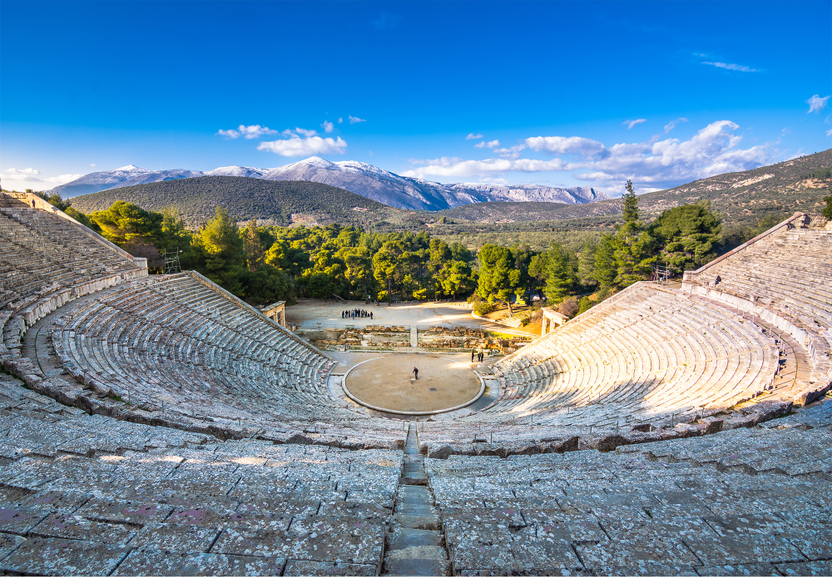The Science Behind the Incredible Acoustics of Ancient Amphitheaters
Posted by Auralex on 10th May 2023
Good acoustics have been essential in providing audiences with an unforgettable listening experience.
Ancient amphitheaters have long been used as venues for large concerts and events, but how did the ancient architects achieve such superb acoustics without today's modern audio equipment and acoustical treatment? At Auralex, we utilize algorithms, formulas and models of hundreds of rooms and spaces, from small bedroom studios to large concert halls, to assist our customers in determining the best acoustical treatment for their spaces using our FREE Personalized Room Analysis service. In fact, Auralex was the first acoustical treatment company to offer this service over 30 years ago. All of our data is compiled through the understanding of the physics of sound.

The last few decades have seen modern acoustic science employ acoustic simulation software and sophisticated computer models of such open amphitheaters, even though these spaces are known solely from archaeological records and hence virtually reconstructed as acoustic models. Often such computer models are complemented by in situ measurements in some well-preserved ancient theaters using the more flexible portable equipment. As a test case, the classical/Hellenistic theater of Epidaurus in southern Greece is often studied. It is famous for its near-perfect speech intelligibility and its unique architectural integrity. Recent measurements with the audience present show that such near-perfect intelligibility is retained beside the increased sound absorption by the audience, provided that background noise levels are not excessive.

The natural phenomena that made the acoustics of the ancient amphitheaters so remarkable were a result of simple principles like geometry, and the use of materials and the location made an impact. The engineering and architecture used in these sites enabled sound to propagate through large distances, with clarity, as though one was located just next to the speaker. Amplifying acoustic instruments has been of interest for musicians for centuries, leading to different techniques used at smaller venues and more intimate settings. However, there is something unique about the atmosphere created when standing inside an amphitheater - from reverberation and resonance that can be heard to witnessing the energy expand around you - it's an experience that cannot be replicated elsewhere. So how have ancient technical developments paved the way for modern audio technology today in amplification, absorption, diffusion and even 3D soundscapes?
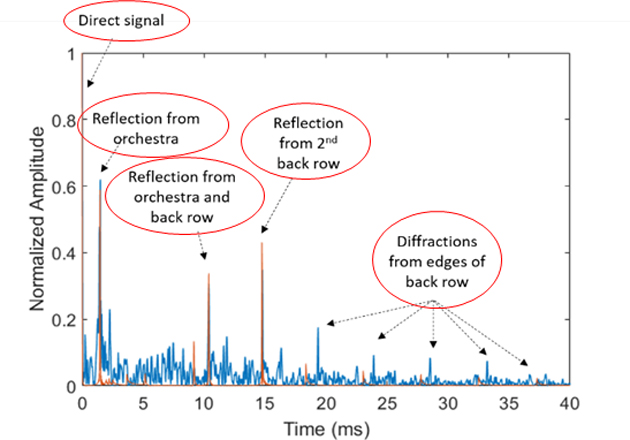
Understanding Sound Waves
Before diving into the acoustics of ancient amphitheaters, it's important to understand how sound waves work. Sound travels through the air as waves and can be amplified or dampened depending on the environment. When sound waves hit a hard surface, like a wall or floor, they bounce back and create echoes. This is what causes reverberation and amplification in large open spaces like amphitheaters.
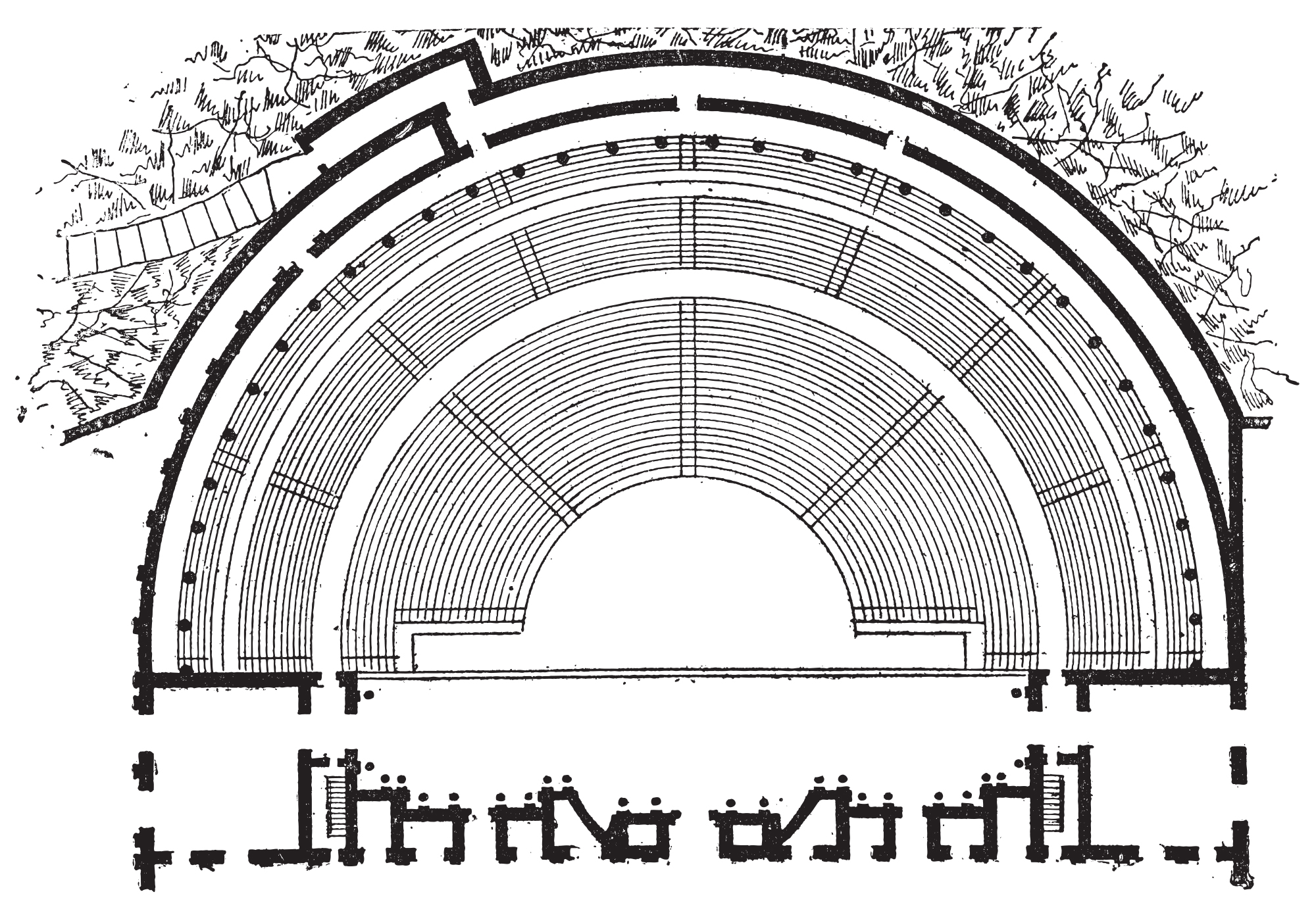
Building Design
Building design played a crucial role in the acoustics of ancient amphitheaters. The curved shape of the amphitheater created a natural echo chamber that amplified sounds. The seats were also designed at different heights and distances from the stage to create a wave of sound that could be heard at every level of the auditorium. Additionally, the use of marble and other hard materials throughout the structure helped to reflect sound waves.
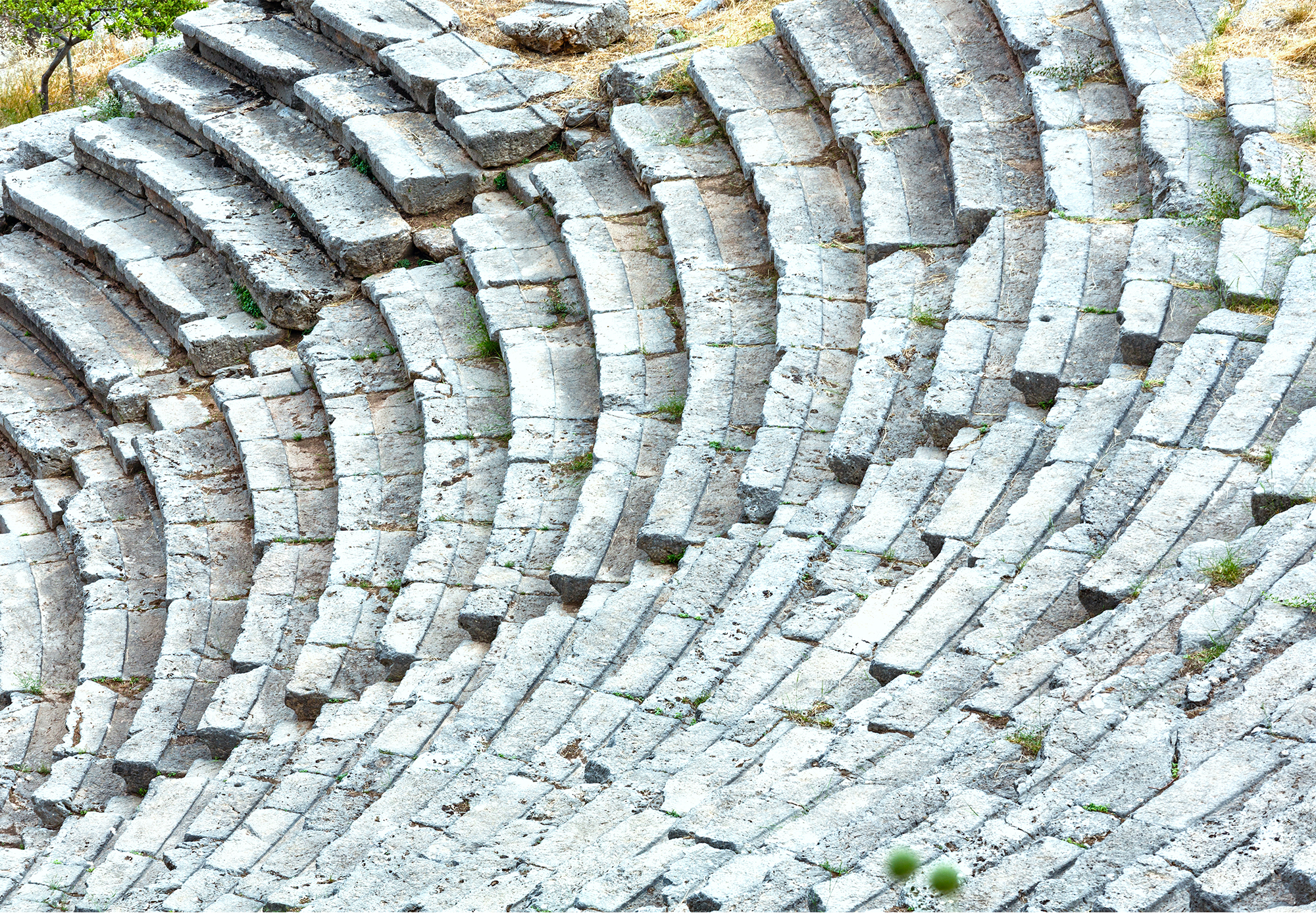
Sound Absorption
While reflection was important for amplifying sound, too much echo could make it difficult to understand speech or music. For this reason, ancient architects used sound-absorbent materials like curtains, carpets, and drapes to absorb excess echoes. The Colosseum in Rome, for example, had a massive awning that could be extended to cover the entire seating area. This awning not only protected spectators from the sun but also helped to absorb excess sound waves.
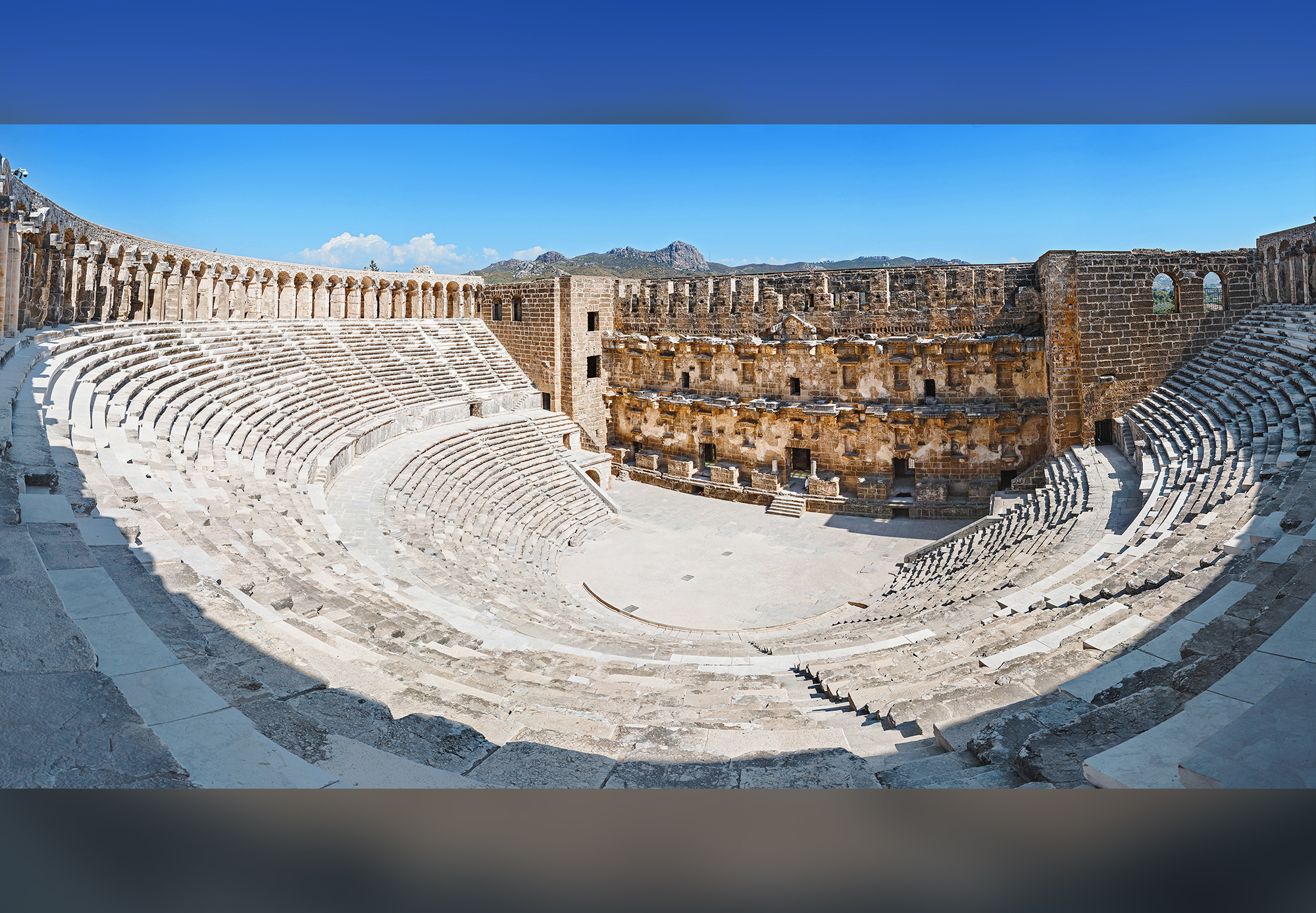
Orientation
The orientation of an amphitheater was also crucial to its acoustics. Venues were often built facing east to west so that the performers were bathed in natural light during the afternoon. This also helped to create an ideal environment for acoustics, as sound waves would travel in the same direction as the light. Additionally, the orientation of the stage and seating areas played a role in creating ideal acoustics.

What about Stonehenge?
Nope, not the 18" x 18" version depicted in the classic rock-u-mentary Spinal Tap, but the real one! Stonehenge has been a source of fascination and speculation for centuries. But the purpose of the mysterious structure is still under debate. While theories range from monument to temple, one recurring argument suggests that Stonehenge served as an open-air amphitheater—an ancient venue for religious ceremonies and rituals focused on sound production. Evidence indicates that acoustic performance was significant to the culture and beliefs of its Neolithic builders, using Stonehenge's unique configuration of stones to produce echoes in outdoor environments. Though scholars continue to debate its primary purpose, Stonehenge played an important role in early human history as a center for outdoor sound production.
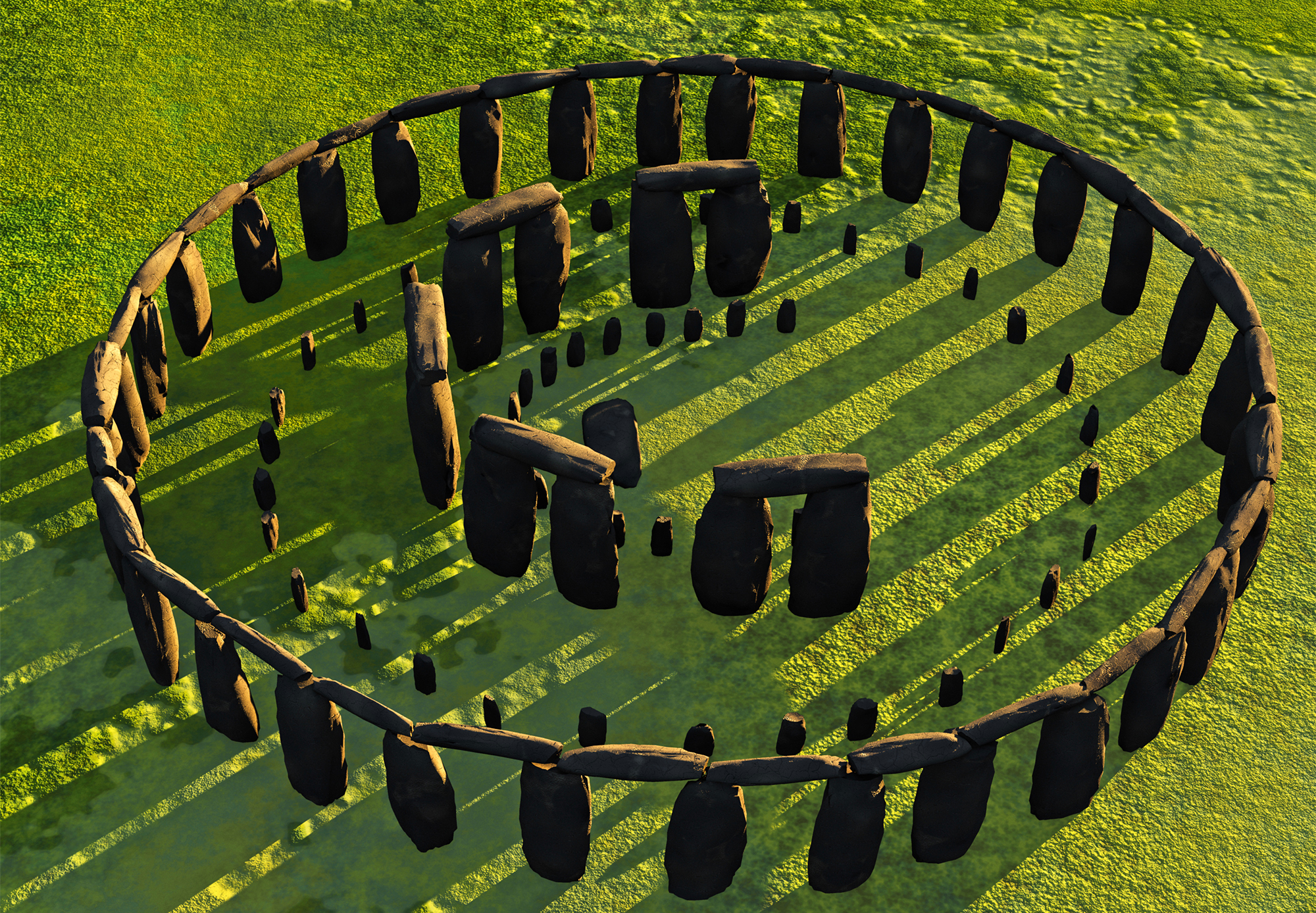
Modern Understanding
While we can appreciate the ingenuity of ancient architects, modern technology has allowed us to understand the acoustics of ancient amphitheaters in greater detail. Studies have shown that the shape of the amphitheater was responsible for up to 50% of its acoustics, with the rest being attributed to reverberation, reflection, and absorption. We can now understand how ancient venues would have sounded in their prime using computer simulations.
The natural phenomena that made the acoustics of the ancient amphitheaters so remarkable were a result of simple principles like geometry and the use of certain materials. The engineers and architects of ancient times unknowingly developed the best acoustic structures that are still admired today.
We have helped thousands of people and organizations around the world improve their listening spaces with tried-and-true acoustic advice and proven acoustical treatment options.
If you are struggling with getting a great sonic experience in your space, contact the experts at Auralex!
Great Acoustics = Great Sound = Great Listening Experience



